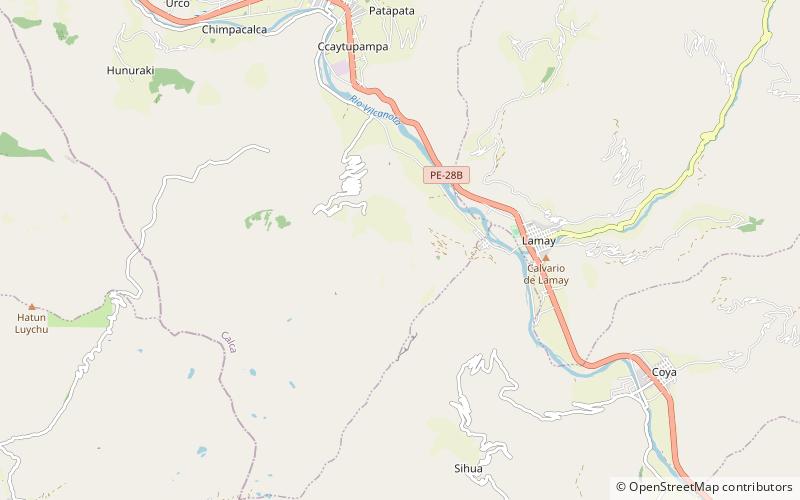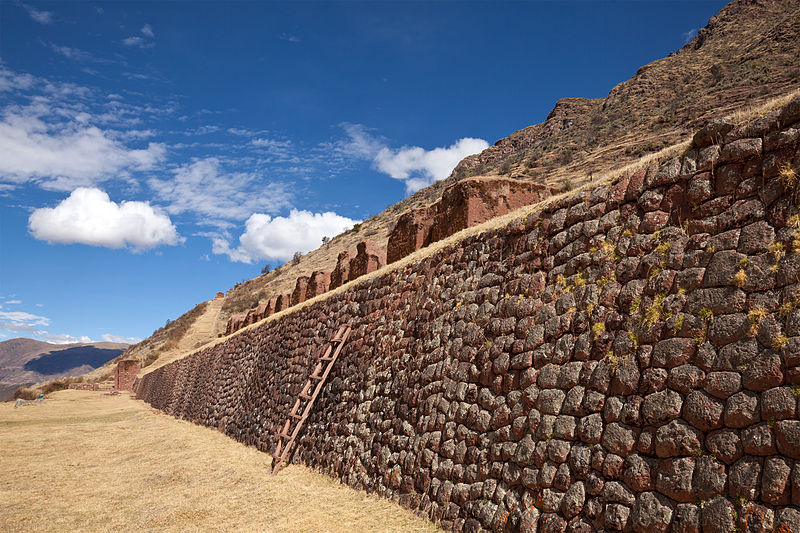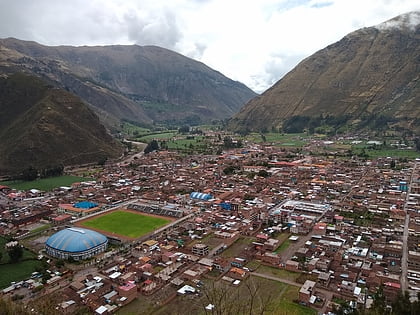Huchuy Qosqo


Facts and practical information
Nestled in the Peruvian Andes, Huchuy Qosqo is a fascinating archaeological site that offers a glimpse into the Incan past. This lesser-known gem, meaning "Little Cusco" in Quechua, is perched above the Sacred Valley at an elevation of 3,600 meters. It is believed to have been a royal estate for the Incan Emperor Viracocha in the early 15th century.
Accessible via a moderate hike, Huchuy Qosqo presents a serene alternative to the often-crowded trails leading to Machu Picchu. The trek unveils stunning views of snow-capped peaks and the Urubamba River below. Upon arrival, visitors are greeted by the remains of stone and adobe structures, including houses, temples, and storehouses. The site's intricate terracing system is a testament to the advanced agricultural practices of the Incas.
One of the most striking features of Huchuy Qosqo is the two-story building with an intact roof made of wood and ichu grass, a rarity among Incan ruins. This structure is thought to have served an administrative or ceremonial purpose. The site also offers panoramic vistas of the Sacred Valley, making it a prime spot for photographers and nature enthusiasts.
Archaeological studies suggest that Huchuy Qosqo was an important center for trade and administration, connecting Cusco with the northern provinces of the empire. Despite its significance, the site remains somewhat of an enigma, with much of its history shrouded in mystery.
Today, Huchuy Qosqo is not just an attraction for history buffs and trekkers; it is also an important cultural site for the local indigenous communities who honor their heritage and maintain the ancient traditions.
Cusco
Huchuy Qosqo – popular in the area (distance from the attraction)
Nearby attractions include: Museum Inkariy, Hatun Suyu Q'asa, Hatun Luychu, Hatun Pukara.






